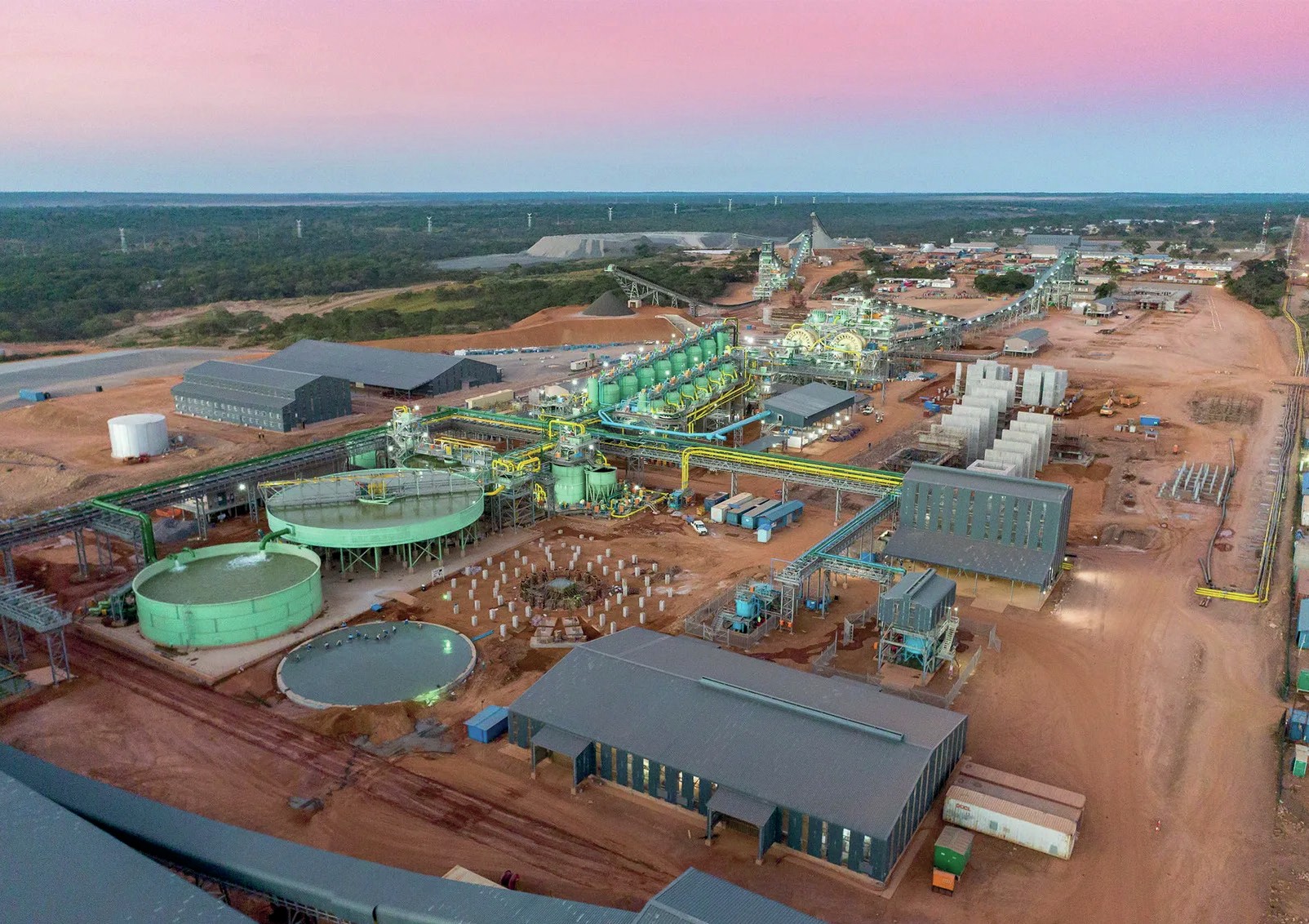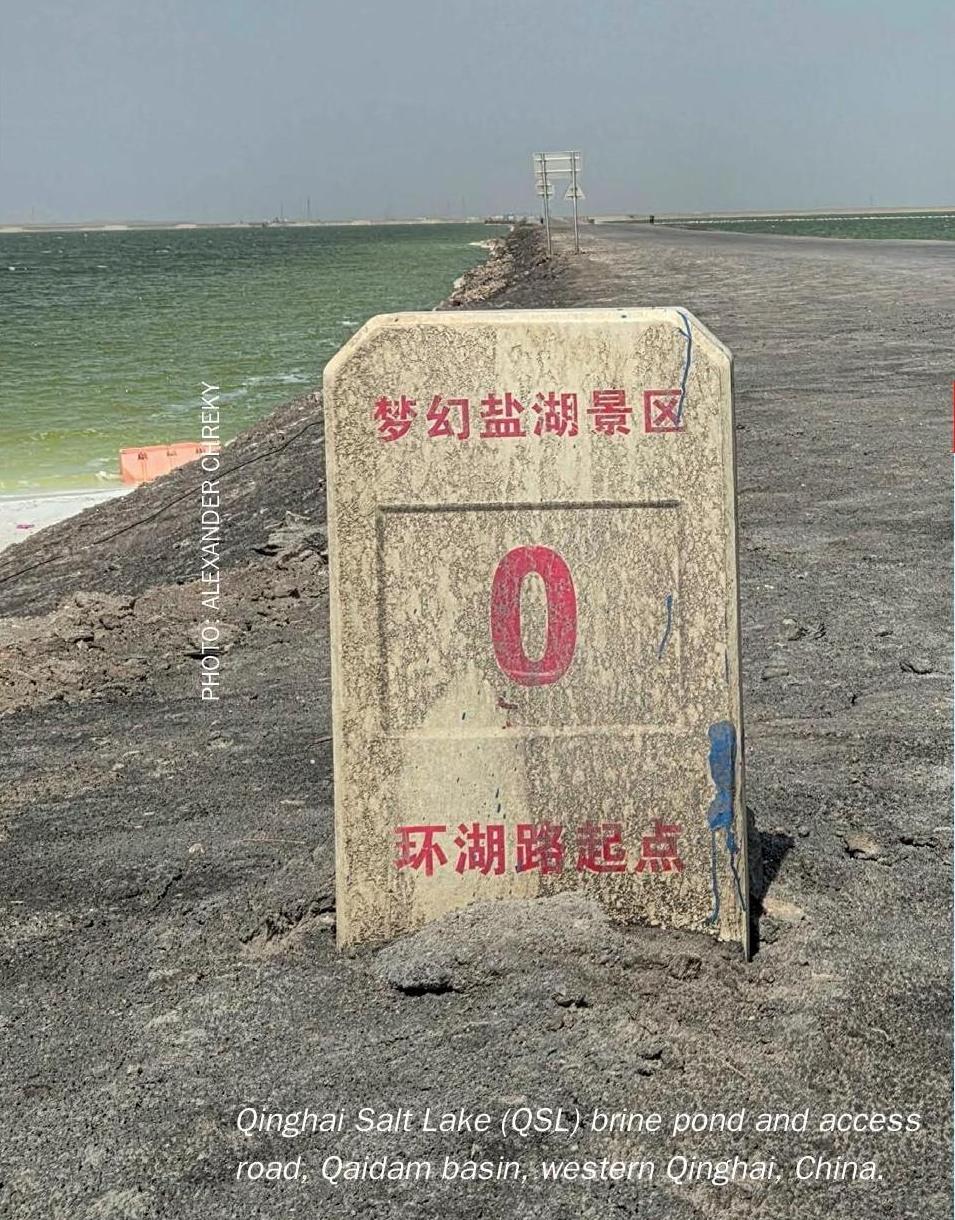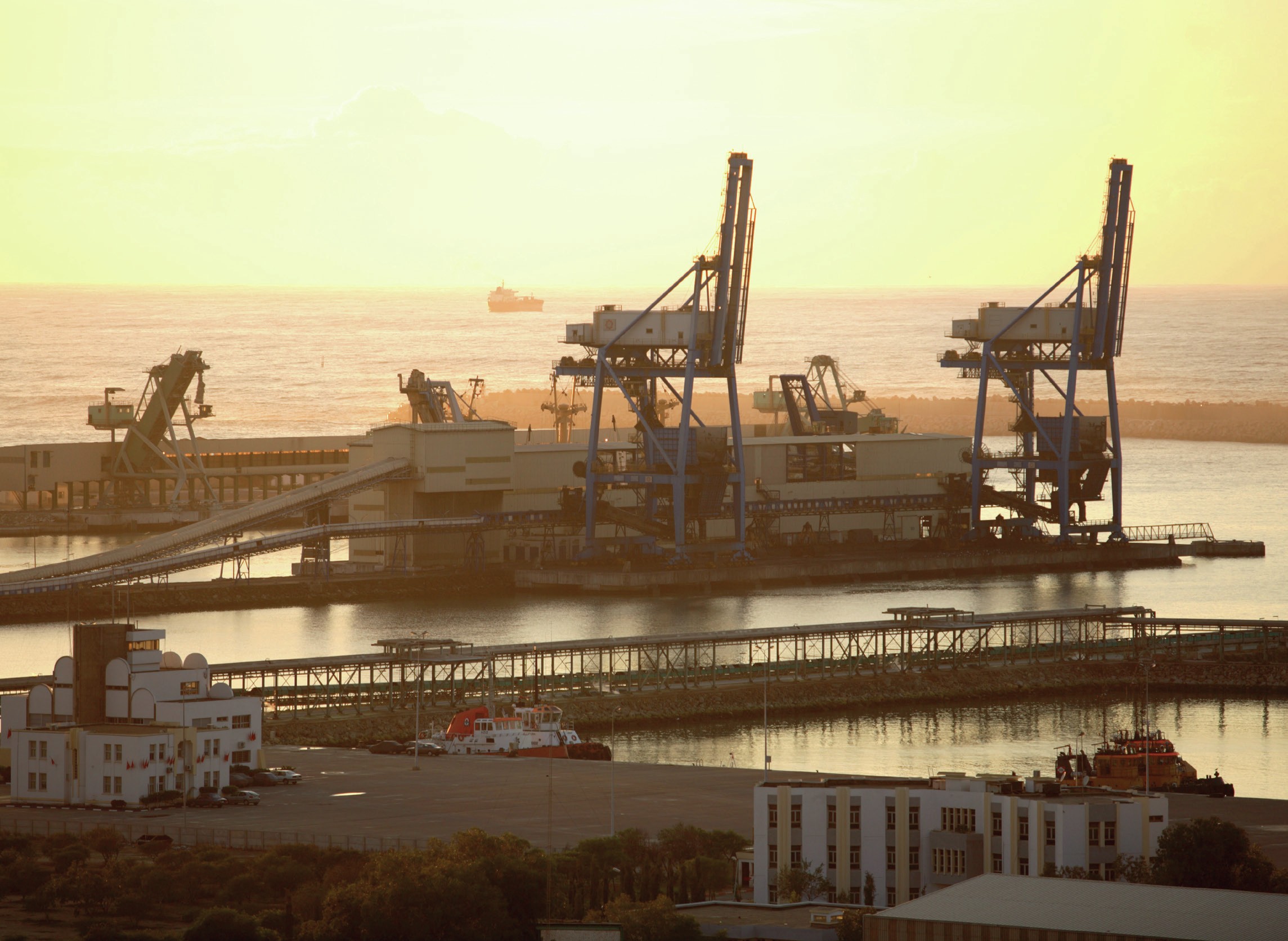Fertilizer International 528 Sep-Oct 2025
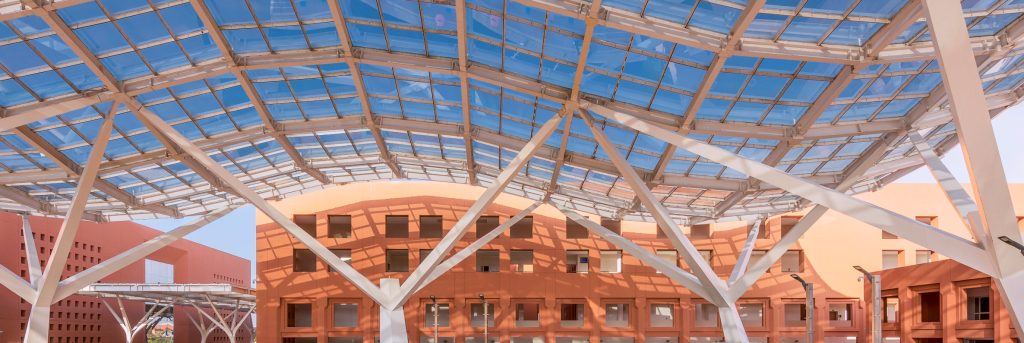
13 September 2025
AFA’s 37th International Technical Conference & Exhibition
CONFERENCE PREVIEW
AFA’s 37th International Technical Conference & Exhibition
The Arab Fertilizer Association (AFA) will host its 37th International Technical Conference & Exhibition, 16-18 September 2025, at the prestigious University Mohammed VI Polytechnic (UM6P) in Benguerir City, Morocco. The theme of this year’s event is ‘Driving Innovation, Sustainability, and Collaboration in the Global Fertilizer Industry’.
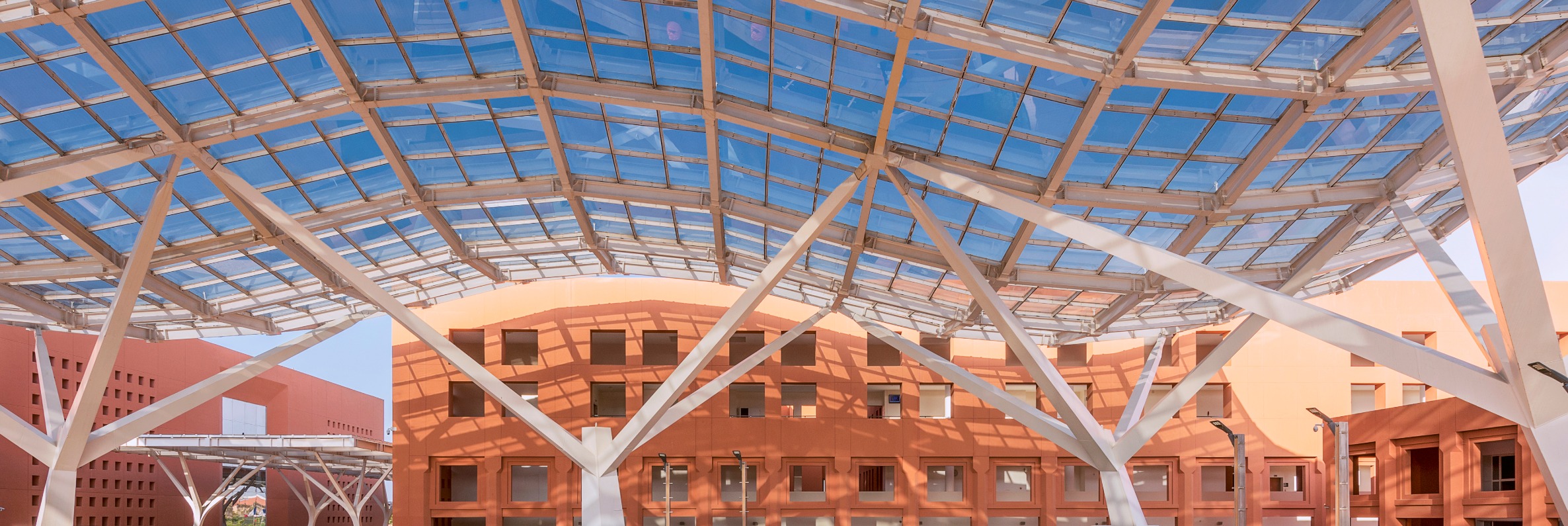
Welcome to Morocco!
This year, AFA’s International Technical Conference & Exhibition is being held in Morocco under the generous sponsorship of OCP Group and UM6P, reflecting their commitment to advancing knowledge, innovation, and sustainable practices in the fertilizer sector.
Recognised as one of the fertilizer industry’s most influential gatherings, the conference regularly attracts more than 100 Chairs and CEOs from leading Arab and international companies each year, accompanied by their technical and commercial teams.
It serves as a premier platform where decision-makers, experts, and innovators exchange cutting-edge insights on the fertilizer industry’s evolving landscape. The attendee profile spans the entire value chain, EPC contractors, technology providers, equipment manufacturers, catalyst and chemical suppliers, project management consultants, market analysts, and a host of other fertilizer stakeholders, making it a uniquely comprehensive networking and knowledge-sharing opportunity.
Innovation, sustainability and collaboration
This year’s ambitious and diverse conference programme addresses the latest technological advances and strategic imperatives – covering nitrogen, phosphate, potash, and the emerging secondary and micronutrients essential for crop productivity.
The opening keynote will set the tone with high-level perspectives on fertilizer strategies in the face of global decarbonisation efforts, green initiatives, and increasingly stringent regulatory frameworks such as the EU’s Carbon Border Adjustment Mechanism (CBAM). These discussions will explore the urgent need for producers to align operations with net-zero targets while maintaining competitiveness.
The technical sessions will cover a wide spectrum of transformative themes. Industry leaders and technology experts will delve into digital transformation, AI-driven plant optimisation, and smart process integration – showcasing how data analytics and automation are reshaping reliability, efficiency, and profitability.
Presentations will also highlight the innovative process technologies – from advanced ammonia and nitric acid production methods to breakthroughs in sulphuric acid catalysts and CO2 capture systems – that are redefining energy efficiency and environmental performance.
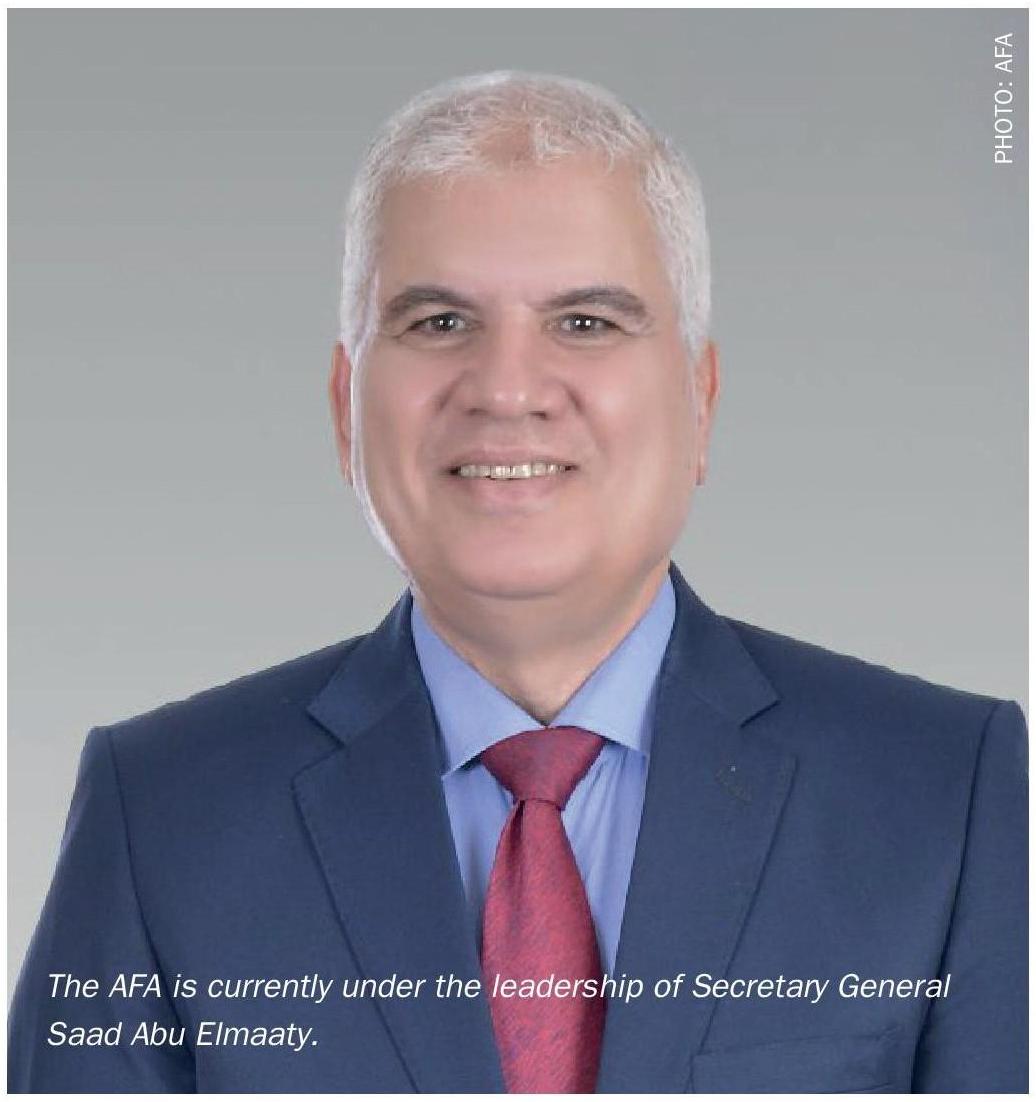
A strong focus will be placed on green innovations and process optimisation to accelerate the transition toward low-carbon fertilizers. Delegates will gain insights into resource valorisation initiatives such as metal content reduction in phosphate products, fluorosilicic acid recovery, and sustainable SOP production.
Other sessions will spotlight customised fertilizer solutions, high-purity water-soluble MAP production, and agronomic additives designed to boost nutrient efficiency while minimising environmental impact.
The conference will also address carbon capture and utilisation, with case studies on large-scale implementation at ammonia plants, post-combustion CO2 capture feasibility, and the application of sulphur-enhanced urea to improve crop uptake and reduce emissions. The final segment will provide a global fertilizer market outlook, examining supply-demand dynamics, logistics challenges, and emerging trade flows, ensuring delegates leave with a comprehensive understanding of both technological and market trends shaping the sector’s future.
Networking opportunities abound
Beyond the technical agenda, the event offers unparalleled networking opportunities through an engaging exhibition, strategic committee meetings, and a distinguished gala dinner. Together, these elements make the AFA’s 37th International Technical Conference & Exhibition not just a forum for discussion, but a catalyst for actionable collaboration, inspiring participants to drive sustainable growth in the global fertilizer industry.
Register now!
AFA looks forward to welcoming sponsors, exhibitors and delegates to Morocco in September. Please register now at: arabfertilizer.org/technical-conference/registration/


